READY TO GET STARTED?
REQUEST A FREE ESTIMATE
Fill out the form below or call (888) 466-7849 for a free, no-obligation estimate.
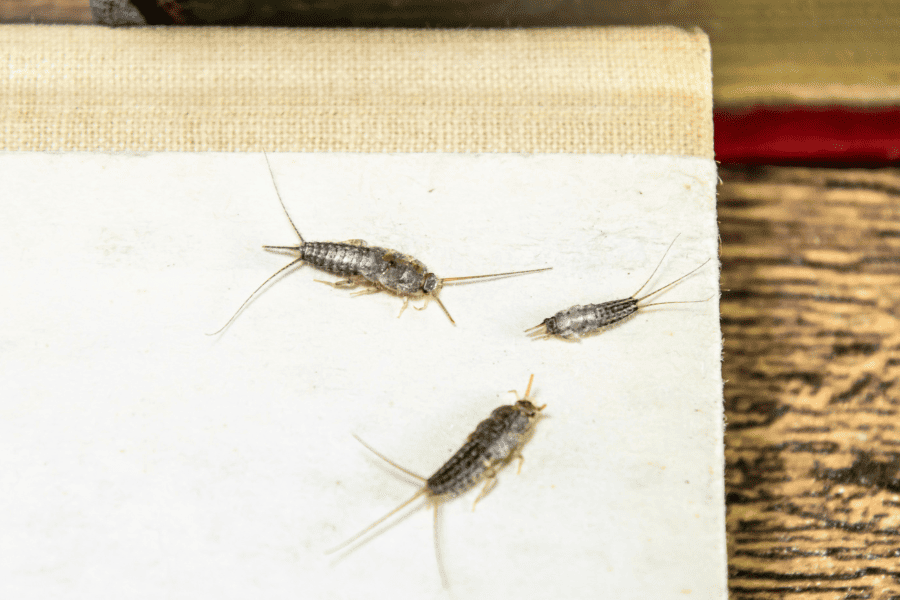
Silverfish are a prominent pest found in most Florida neighborhoods, including Hialeah. They typically show up in homes that offer high humidity and moisture, which is the perfect environment for these pests. These creatures aren’t harmful to humans but can become a nuisance if they infest your home.
These brown-gray to bluish-silver colored pest can get up to ½” in length and have six legs and an elongated body. They are known to rapidly move with fish-like movements and do not have wings.
You will typically find these pests in bathrooms, usually in the sink, bathtub, or crawling along the floor near a wall. They can survive a year without food but need humid temperatures and moisture to survive. Paper and photos make an ideal meal for these pests, but starchy substances like carpet glue, book bindings, wallpaper, plaster, and some paints will also attract these creatures.
Other than spotting silverfish themselves, there are various signs that these pests have infested your home. Pay attention to their feeding marks, these can look like holes, notches along an edge surface, or surface etchings. Here are some steps you can take to prevent these pests:
They prefer to live in areas that offer 75-95 percent relative humidity, which is not uncommon in South Florida. Air conditioners and dehumidifiers are vital for making your home environment less attractive to silverfish.
Silverfish and other pests like to hang out in cardboard boxes, so utilizing plastic bins for storage is a good way to prevent silverfish and other pests.
If you’re having issues with silverfish in your Hialeah, FL home, call your local pest control company today to request a free inspection.
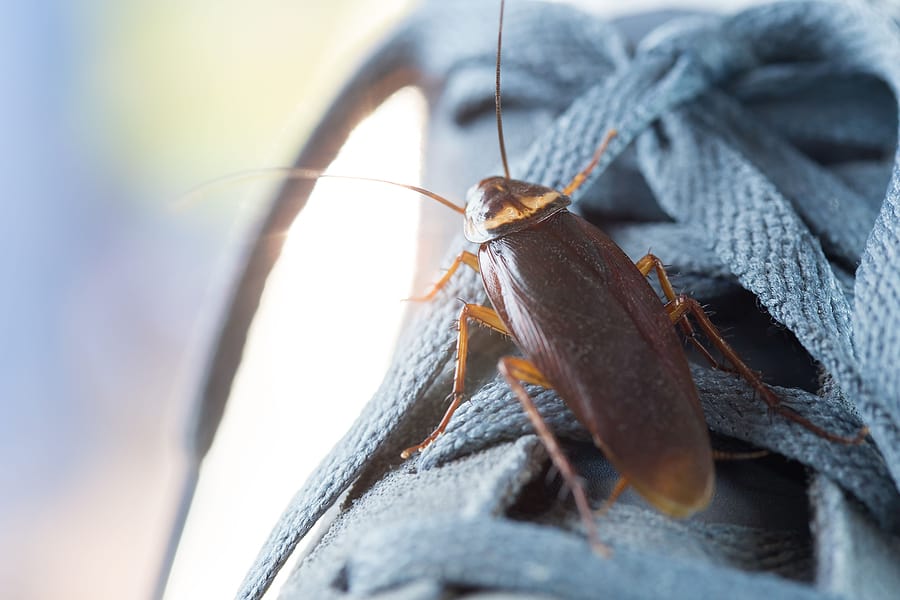
Seeing roaches in your Lauderdale Lakes home?
Roaches are highly adaptable creatures and can find their way inside your home through the tiniest of gaps. Once they begin reproducing is when you start to see the problems that roaches bring. Understanding the factors that attract these pests into your home is the first step to preventing them!
Roaches prefer to eat sugar, carbs, and protein but will eat about anything they can find. Regularly clean up any leftover food, spills, or crumbs on tables, countertops, and appliances, especially after cooking or eating a meal. After a grocery trip or storing leftovers, look to place your food in airtight containers. Be sure to also empty your trash at least once a week and clean out the trash container of any spilled liquids or leftover food regularly.
Did you know that roaches can survive without water for 2 weeks? It’s true! Despite this, they still seek out water as much as they can and will enter homes if they’ve found it. It’s important to remove any standing water inside or outside of your home. Look to remove water near drains and sinks, particularly overnight. Your crawlspace and basement can create excess moisture; consider utilizing a dehumidifier or installing a moisture barrier or crawlspace enclosure to help.
Roaches love clutter, making it essential to remove any unnecessary items from your home, garage, and attic. Get rid of any old cardboard boxes, newspapers, and magazines. Check your interior walls, skirting, electrical outlets, baseboards, sinks, and cabinets for any gaps or openings, sealing them as soon as possible. Make sure your windows and doors are sealed and consider utilizing weatherstripping. Likewise, ensure all your exterior lighting turns off at night as it can attract rodents and household pests.
If you notice more roaches than normal in your Lauderdale Lakes home, be sure to give your local pest control company a call today for a free inspection and a customized pest plan to help prevent cockroaches!
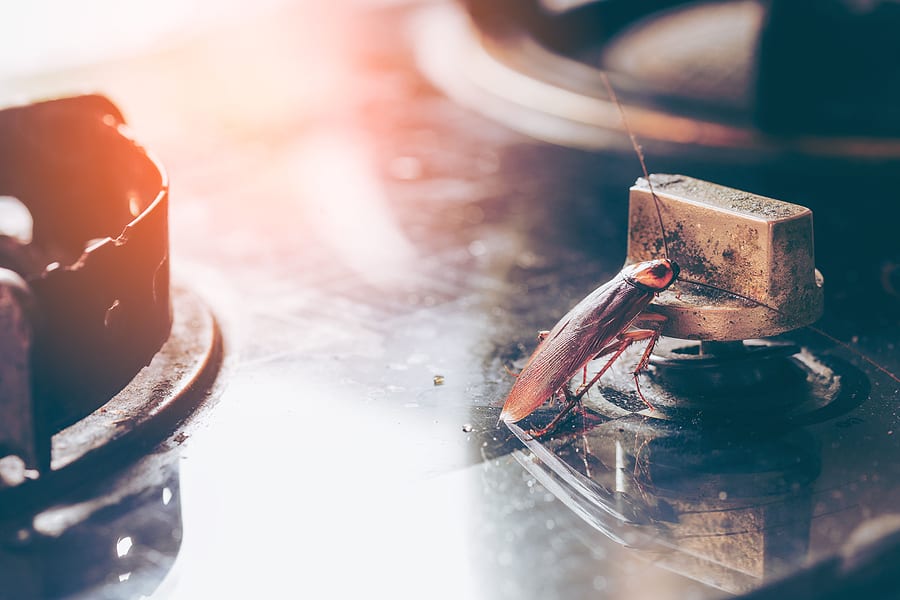
If you’ve ever spotted a cockroach inside your home, you know how alarming it can be! Once these pests get inside the home, they can spread contamination and even trigger allergic reactions. The best way to deter roaches from your home is understanding the types of roach species invading and what preventative measures to place to avoid their infestation. Check out the 3 common roaches found in Florida and how you can prevent them.
These roaches are one of the largest roach species, getting up to 1.5 inches in length and even developing wings towards the end of their lifecycle! They have a reddish-brown body with a yellowish figure-eight pattern on the back of their head. You can often find them in basements, sewers, kitchens, and bathrooms looking for water and food to survive.
These roaches got their name from the two light brown bands that appear across its wings. The brown-banded roach prefers to have warmer, drier, and higher locations to inhabit, often being found in cabinets and even behind pictures! A good indication these roaches are inside your home is finding their egg cases in or underneath furniture.
Preferring warm, humid spaces, German cockroaches will often be found where humans eat, like kitchens. Often, you can find them around appliance motors, like refrigerators and dishwashers, for its heat. You can identify these roaches by their two dark brown stripes on their back and wings.
The best way to prevent roaches from invading your home is by placing preventative measures. Here are some easy, do-it-yourself roach control tips:
If you’ve noticed these roaches inside your home, it’s best to call your local pest control company to eliminate them. Pest professionals will inspect your home, identify the type of roach, and provide you with the best treatment plan.
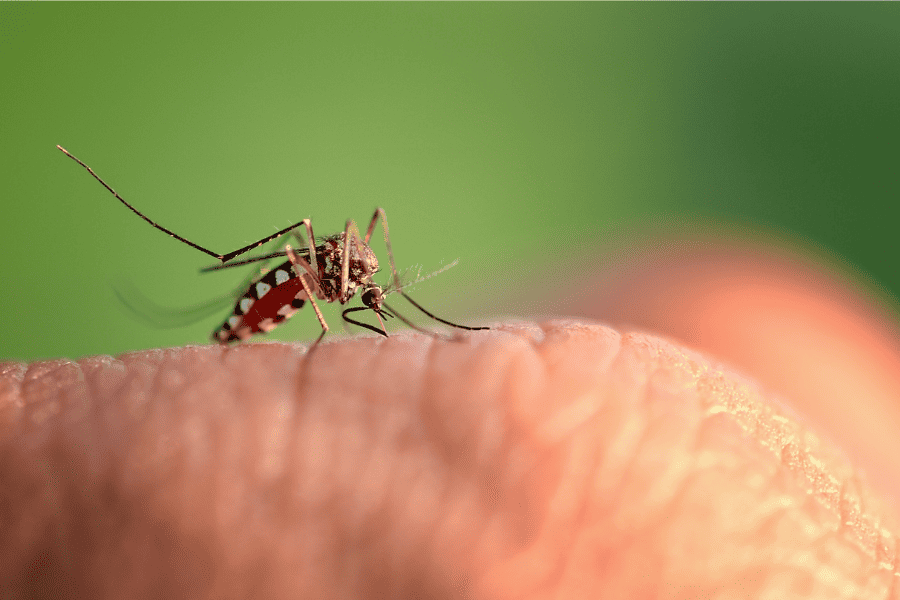
Mosquito season is still in full swing in Homestead, Florida, which means there’s still time to implement some mosquito prevention strategies to lessen the population of mosquitoes around your property. Let’s go over the best tips to get started right away.
Mosquitoes love standing water and even utilize these areas as breeding grounds. The easiest way to identify the worst of these areas is noticing clouds of mosquitoes flying above still bodies of water such as ponds and lakes. If you have any stagnant water in your garden or yard, whether it’s a bird bath, bucket, pool cover, gutters, or even some landscaping, it’s best to remove it or change out the water. Additionally, remove any mosquito eggs that have been deposited along the edges of these items by scrubbing the surfaces.
Did you know that mosquitoes, just like humans, prefer to be out of the sunshine every once in a while? They prefer to hang out in tall grass, shrubbery, bushes, and foliage. Here are some quick tips to help maintain your lawn to lessen mosquitoes:
Mosquitoes can seem like an endless battle, but you should never have to handle it alone. There are several mosquito control options you can invest in for your Homestead property. A local Florida pest control company can provide you with a mosquito reduction plan that is perfect for your needs and schedule. Request a FREE mosquito estimate today!
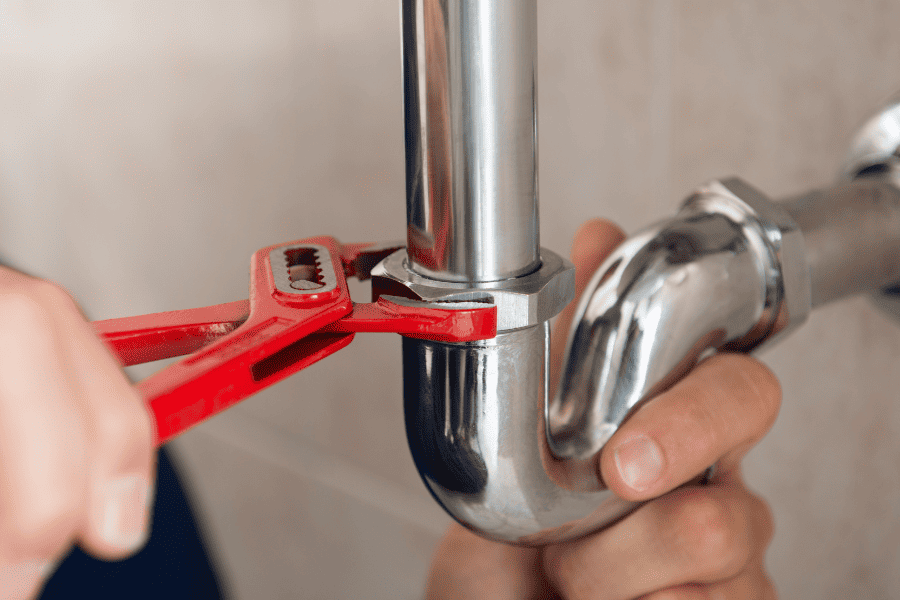
It’s inevitable to come across certain pests, especially during the warmer months of the year. Though, with Florida’s tropical weather year-round, it can seem like dealing with pests is nonstop. Roaches, mice, mosquitoes, and ants are just a few pests that can take over a household, become an annoyance, spreading disease, and causing damage to your home. One of the best ways to avoid a pest infestation is preventing them in the first place by placing do-it-yourself pest proofing measures throughout your home. Check out our list of DIY pest control tips you can utilize:
Pests are attracted to three things: food, shelter, and water. The best way to keep pests from entering your home is to get rid of what they’re attracted to. Try to keep your home as clean as possible, vacuuming and sweeping on a regular basis. Likewise, repair any leaky pipes and faucets both inside and outside of your home. Avoid leaving your pet’s food and water bowls overnight, taking them in and storing their leftover food in plastic containers with lids. Declutter your home, removing any old magazines, newspapers, and cardboard boxes you don’t need.
Mice, ants, and roaches can enter through the smallest hole or gap they find. It’s important to take the time to inspect the outside of your home for any potential entry points, sealing them up with either caulk or steel wool, depending on how large it is. Don’t forget to check foundations, food frames, windows, utility pipes, cables and wires, and the roof for any potential opening pests could enter in from. Repair any broken windows or screens and fil openings in pipes and vents.
To get to your home, pests must enter your yard first, so it’s important to keep it less attractive to them as it is your home. Regularly mow your grass, keeping it short and eliminating any weeds. Remove piles of leaves, debris, and fallen branches from your yard. Look to eliminate any clutter or items you don’t need, such as old automobiles, trashcans, tires, and dumpsters. If you store wood, keep it elevated from the ground and at least 20 feet from your home.
Pests need water to survive, and the smallest amount of standing water will attract pests like termites and mosquitoes. Keeping your home as dry as possible is key to avoiding their infestation. Check around your home for any water leaks and look for loose fixtures or dripping faucets too. If you have a crawlspace, consider utilizing a dehumidifier to decrease excess moisture. Make sure you clear any debris and leaves from your gutters, especially after a hurricane or thunderstorm.
Sometimes, a pest infestation needs more attention than DIY pest control methods can provide. If you’re still seeing an influx of pests or would like to get ahead of pest prevention, consider reaching out to a local pest control company for some help. These professionals will identify the pest at hand, provide proper treatment, and recommend the best prevention techniques you can use at home to avoid a future pest infestation.
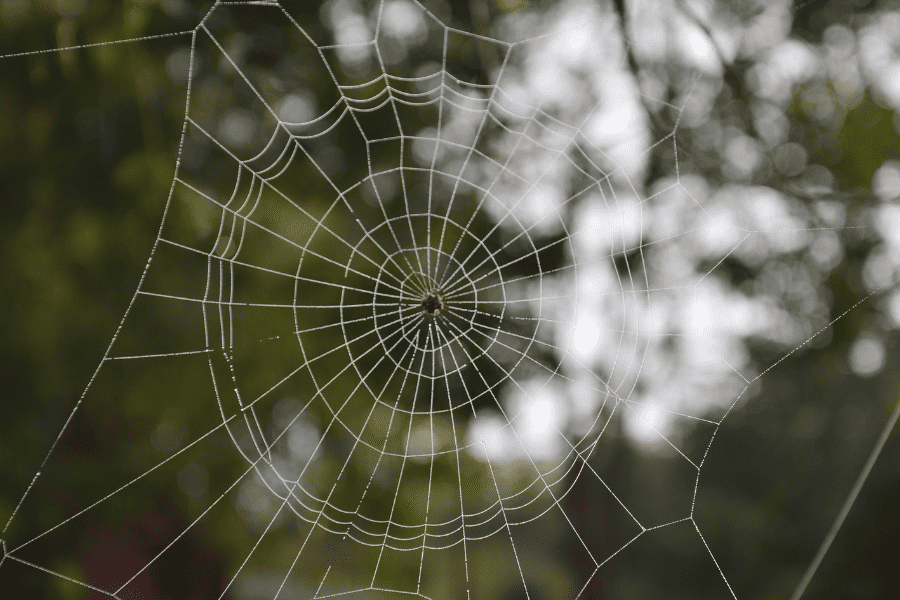
Did you know that most spiders are venomous? It’s true! Luckily (if you can look at it that way), only a few types of spiders have venom powerful enough to harm humans. These include the widows and the recluses. Check out our list of venomous spiders in Florida and their characteristics to easily identify them.
Spiders will bite as a defensive mechanism and these bites usually arise when we place our hands or feet in areas where we don’t see these spiders. A bite from any of these venomous spiders can lead to swelling, severe pain, nausea, sweating, and intense muscle cramps. If you think you’ve been bitten by a venomous spider, seek medical attention immediately.
Spiders will hide out where they know high populations of pests reside. This means they can find a safe space inside your home. Here are some easy tips to follow to ensure they don’t take up residence in your home:
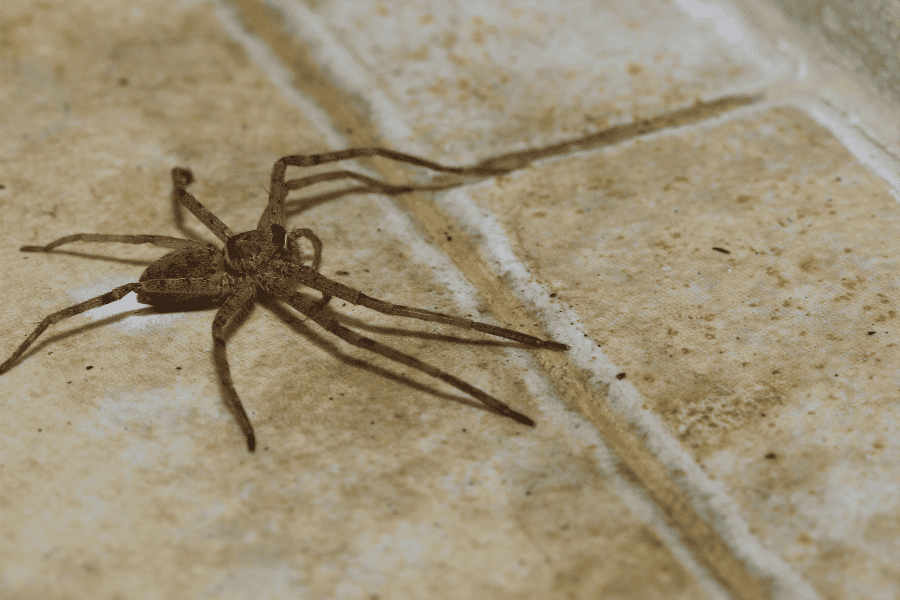
Florida homeowners know that the climate rarely changes in their state, typically staying well above 50 degrees year-round. With the warmer climate, pests tend to stick around year-long, sometimes invading our homes in the process! Spiders are a likely pest that homeowners might come across throughout the year. Check out the reason Florida spiders might be invading your home and how you can prevent them.
Spiders thrive in Florida’s humid climate, which provides plenty of opportunities for several spider species to invade our homes! Spiders, such as wolf spiders, brown widows, and black widows are all common to our area. These pests are small and will sneak into the home through the smallest hole, gap, or through packages without being noticed. Spiders prefer to be secluded and hidden away from human activity, and they’ll often find dark areas in the home to habitat such as behind furniture, in basements, under dressers, and in attics.
Taking precautions is the best way to ensure spiders don’t enter your home. Consider the following prevention tips to keep spiders away:
If you notice more spiders than you’re comfortable with on your property, reach out to your local pest control company for a free inspection!
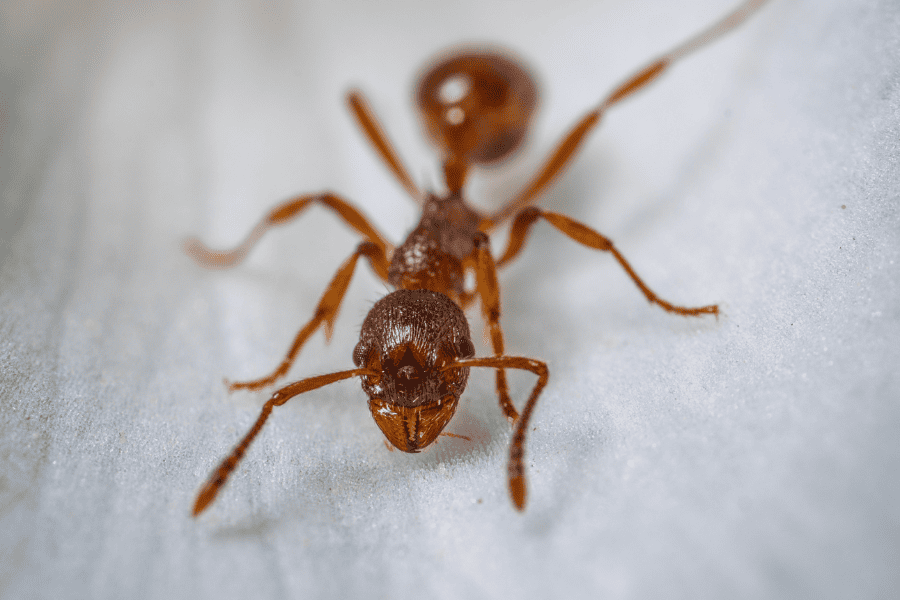
One thing about Florida: pests love to live here! Warm, humid climates make our state the perfect oasis for both humans and pests. While it’s inevitable to come across them, there are ways to prevent them from invading your home. Read more on the types of Florida pests to be aware of and how you can prevent them from ruining your fun in the sun!
Small, pesky, and will sneak into your home unnoticed, ants can become a major problem if they find their way inside. There are several types of ants popular to our area, including fire ants, carpenter ants, Argentine ants, and more. These ants may have different characteristics, but they all are looking for a water and food source to survive. You will often find these pests in your bathroom, kitchen, basement, or even utility room. While ants can be harmless, they are known to bite which can lead to allergic reactions such as itching or swelling.
Seeing a cockroach in your home is always alarming! Roaches, including the American roach, German roach, and brown-banded roach prefer to live in places such as sewers, trashcans, basements, and bathrooms, to seek food, shelter, and water for survival. Once these pests invade, it can be hard to remove them as they can multiple quickly. Roaches also carry bacteria on their bodies and feet and will spread unwanted germs when they walk across surfaces. They’re also known to trigger allergic reactions and asthma attacks.
Ticks can not only harm humans but can also be harmful to our pets. These pests are extremely small and will latch and feed onto the blood of animals and humans. They can often be found in wooded or grassy areas, transmitting diseases such as Lyme disease and Rocky Mountain fever. If you’ve been outside for a long period of time, you can often find them on your face, legs, armpits, belly, and in-between toes!
Dealing with a termite infestation at your home can be devasting, as they can cost thousands of dollars in repairs. There are two common termites in Florida: drywood termites and subterranean termites. Drywood termites prefer to live and nest in wooden structures or dry wood and do not need a water source. Signs of drywood termites include spotting their frass, which appear like sawdust, and located in piles near the infestation area. Subterranean termites need a water source and build their nest underground to obtain it. Signs that indicate a subterranean termite infestation include seeing their mud tubes along a home’s foundation or floor.
If you notice an influx of the pests listed above, consider reaching out to your local pest control company for help! These professionals will also provide you with free inspection and a treatment and prevention plan customized for your home.
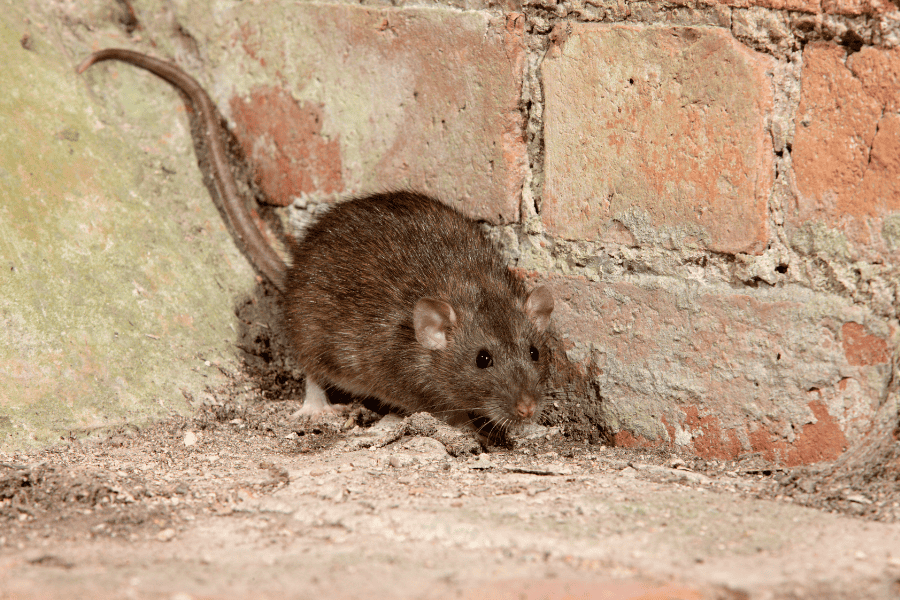
Rodents, like mice and rats, are searching for a place to call home and often look towards our Florida home for it. Once inside our homes, these critters can cause severe damage and be a health risk to our homes and families. Destroyed insulation, left behind droppings, and chewed electrical wires, are signs of rodent infestations. We list popular south Florida rodents to look at for and a few ways you can avoid these creatures from invading your home. Check them out below!